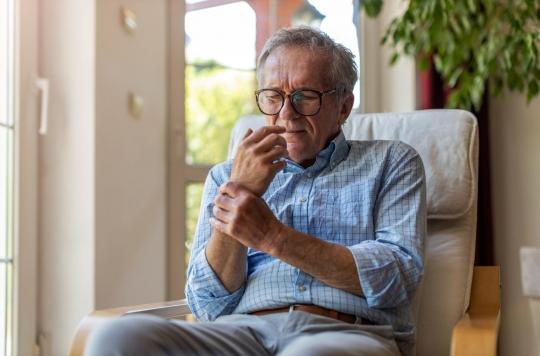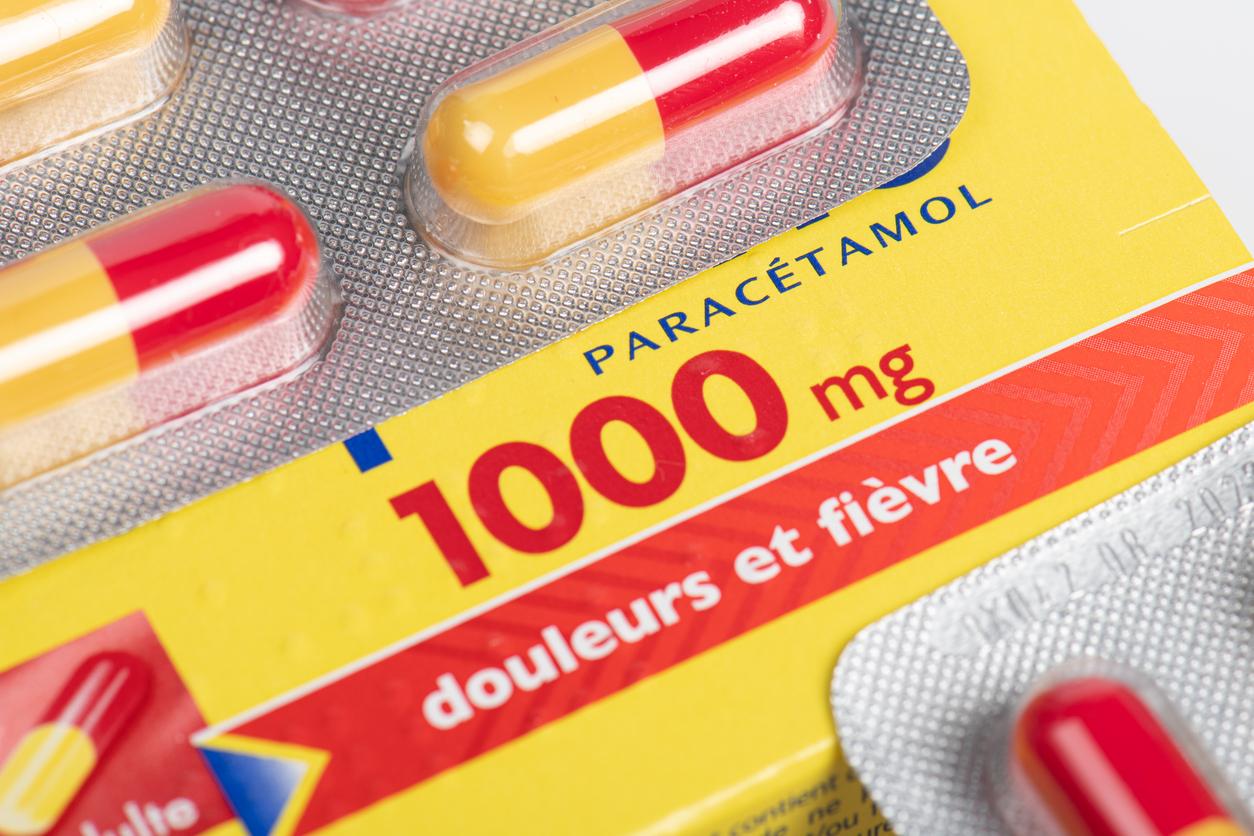The severity of rheumatoid arthritis is often moderate but this pathology is disabling and painful. We are beginning to see more clearly about its causes and the evolution of treatments makes it possible to control the symptoms of this autoimmune disease.

- Rheumatoid arthritis is an autoimmune disease that attacks the joints.
- It would concern around 300,000 people in France
- Current treatments do not allow cure but remissions or relief of symptoms
“We will have the skin of this disease in the next 20 years!”. The assertion of Professor Jean Sibilia, rheumatologist at the University Hospital of Strasbourg, is based on already two past decades during which the mysteries of rheumatoid arthritis were gradually lifted. A disease which would concern in France about 300,000 people, all forms combined.
This autoimmune pathology which affects 4 women for 1 man and whose first symptoms appear around the age of 40 or 45 is characterized by inflammation of the joints which become painful, swell, deform and lose their mobility. If this pain primarily affects the hands, wrists, feet and knees, it can spread to the shoulders, elbows, hips and even the jaw.
Aggressive forms that have become rare
While the frequency of rheumatoid arthritis remains stable, its more aggressive forms that lead to joint dislocation or rheumatoid nodules have become rarer thanks to advances in the diagnosis and management of the disease. “For a long time we only had photos of this disease, we are beginning to understand the film. We now know that the disease can start in the lungs or the intestine, the inflammatory process then spreading to the joints. through the lymphatic system. This leads to inflammation and hypertrophy of the sinovial membrane in the joints, sometimes with aggression of the cartilage and bone”, explains Jean Sibilia.
Joint pain can therefore be a sign of the onset of rheumatoid arthritis and ultrasound most often makes it possible to make the diagnosis by detecting sinovial inflammation. The objective of the treatments, as Professor Sibilia reminds us, is to “keep the level of inflammation at a low level”. Without hoping, for the moment and in most cases, for a complete recovery. “It is a disease which evolves in flare-ups and which can eventually die out, but above all it can become chronic and require lifelong treatment”, underlines the practitioner who insists on the five principles which should guide treatment: treatment early, adapted, intensive, long-lasting and modular.
Healthier rules of life
The therapeutic arsenal is initially based on methotrexate, a drug used in autoimmune diseases and in certain cancers which regulates the metabolism of folic acid. When a positive evolution is not observed after the first months of treatment, management is oriented towards anti-TNF biotherapies which have been one of the revolutions allowing better control of the disease and, in the case of an evolution towards more severe forms, towards targeted immunotherapy.
All these treatments must be accompanied by healthier rules of life, starting, for people who smoke, with the total cessation of tobacco – smoking, according to Professor Sibilia, could moreover be one of the inducing factors illness-, regular physical activity, a balanced diet and…up-to-date vaccinations. The link between inflammation and the inflammatory counter-response causing immunosuppression and taking corticosteroids in addition to methotrexate increases the risk of viral infection.

.















